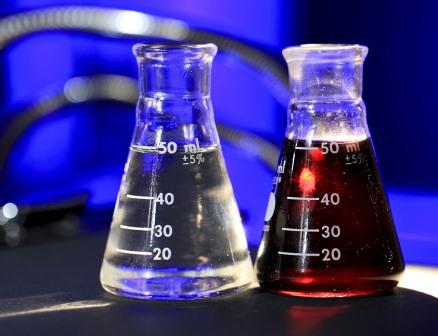Periods
Characteristics of periods The first period starts with hydrogen (H) and ends with helium (He). It has just two elements H (Z=1) and He (Z = 2). H has one electron in the first-shell. He has 2 electrons in the first-shell. As we have seen in the chapter on the structure of atoms, the first-shell […]
